Learn how to get the most from your company's podcast
The Recorded Content podcast is for small, scrappy marketing teams who are looking to get the most out of B2B podcasting. In each episode, we provide stories on how to overcome the challenges of launching, running and growing a show. We tackle issues with technology, content marketing, distribution and more. At the end of the day, we help marketers become a B2B podcasting hero with an amazing show.
Check out the latest episodes
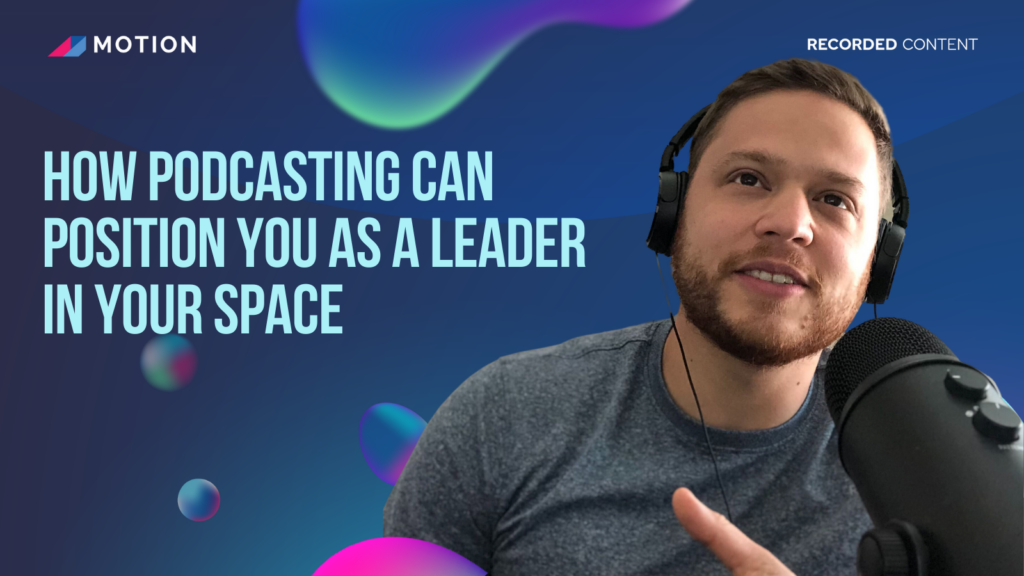
- How podcasting can position you as a leader in your space with Justin Brown
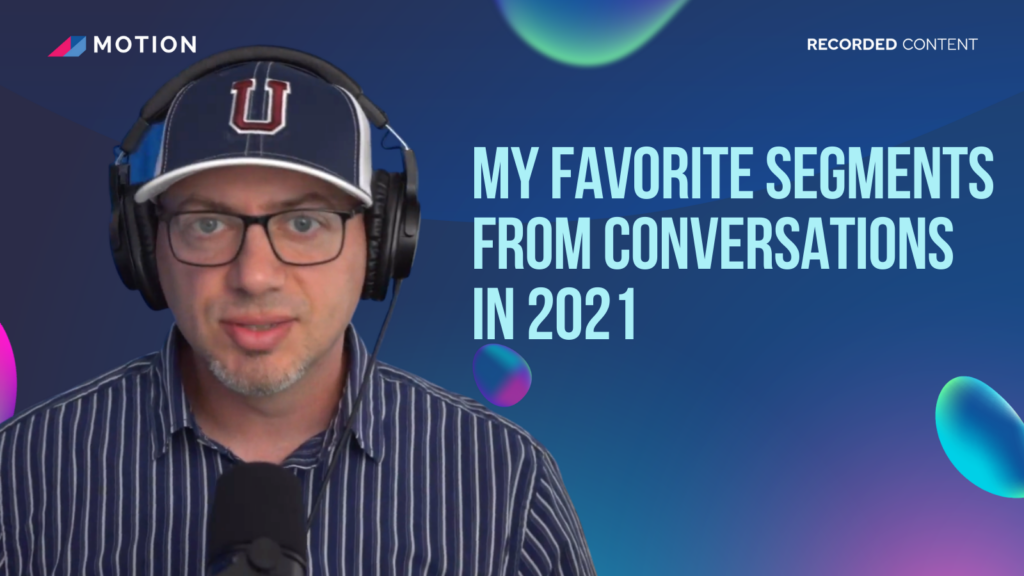
- My favorite segments from conversations in 2021 with Tristan Pelligrino
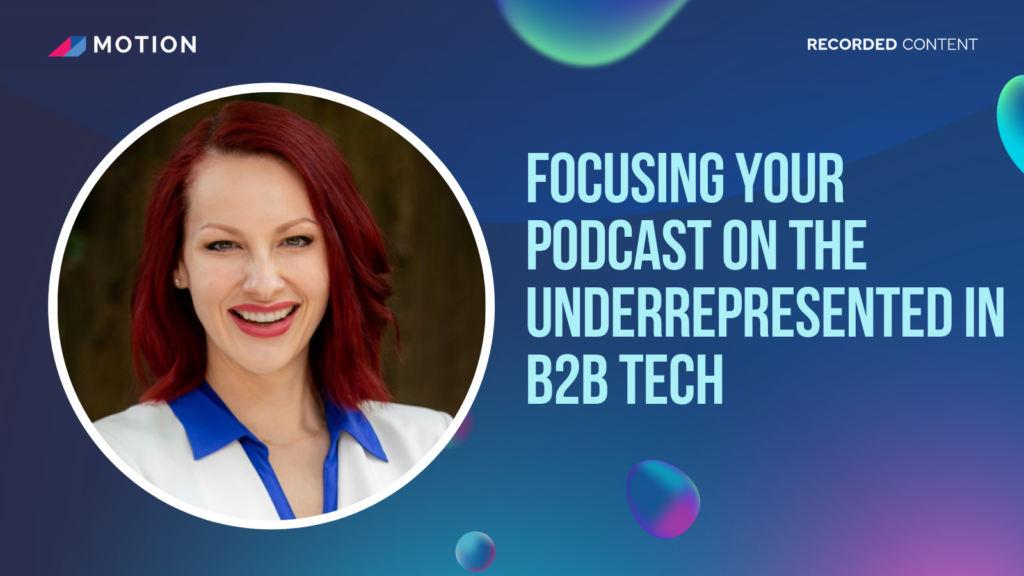
- Focusing your podcast on the underrepresented in B2B tech with Christina Brady
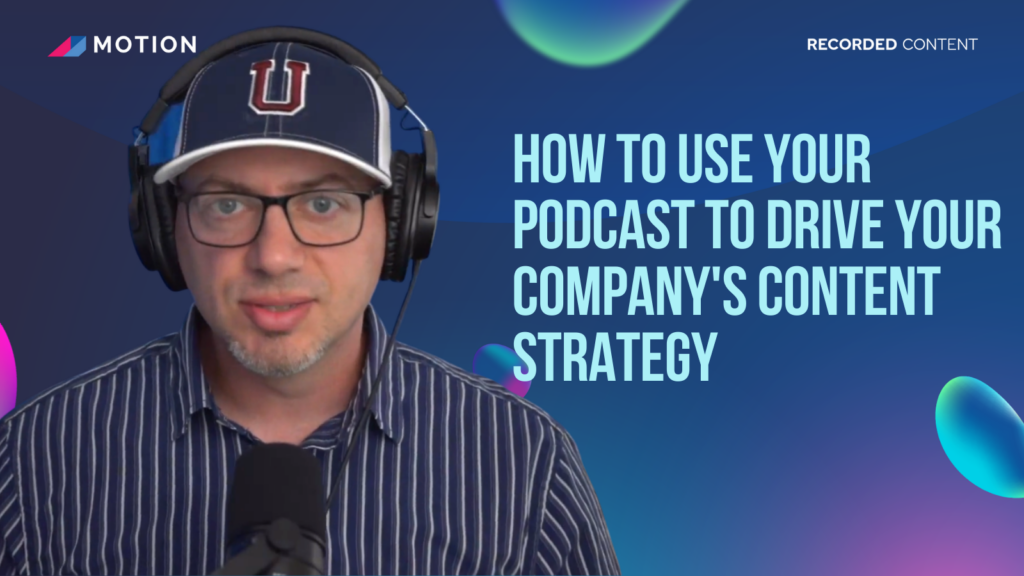
- How to use your podcast to drive your company’s content strategy with Tristan Pelligrino
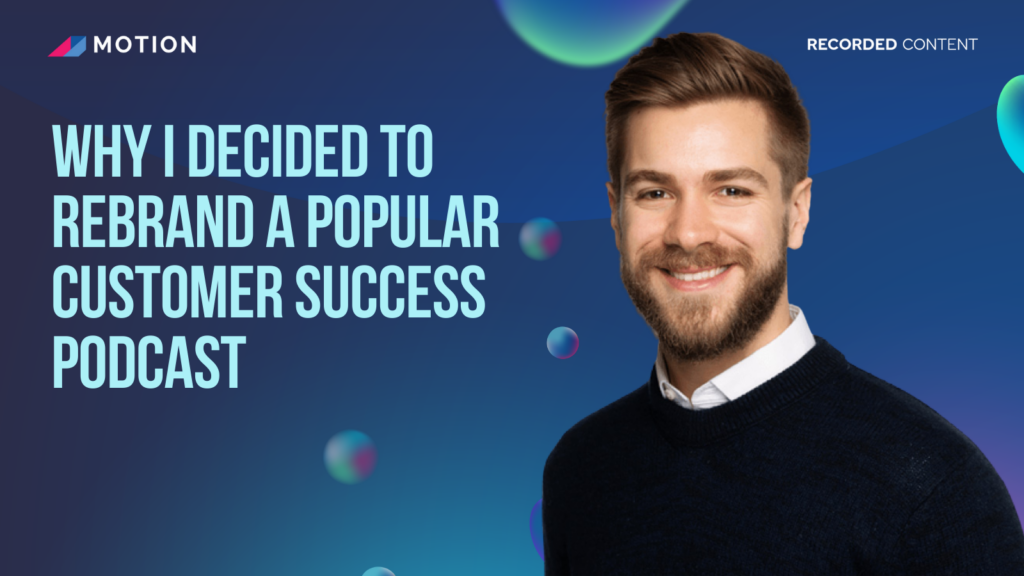
- Why I decided to rebrand a popular customer success podcast with Ben Winn
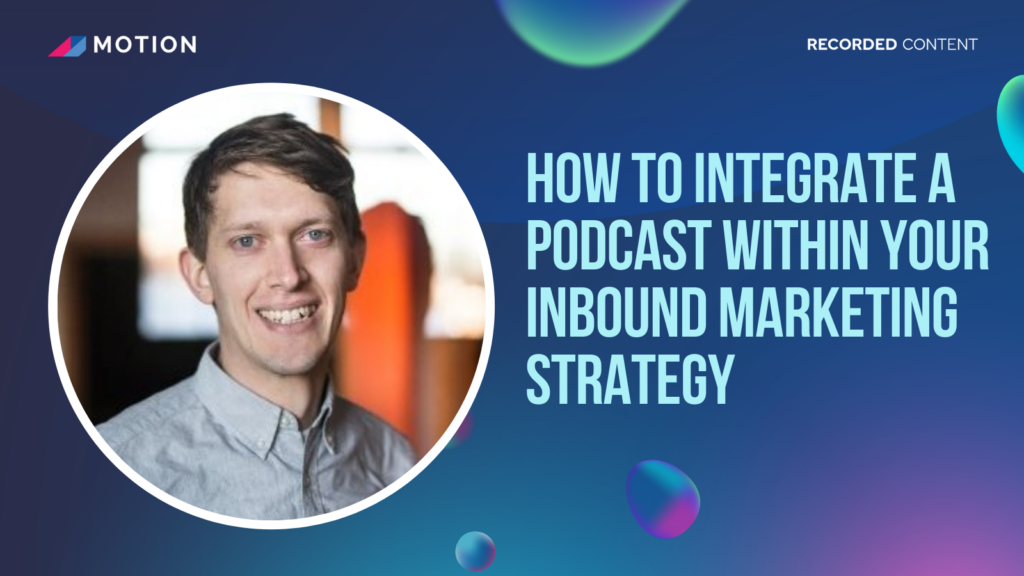
- How to integrate a podcast within your inbound marketing strategy featuring Ben Sailer
Meet the hosts

Tristan Pelligrino
Tristan Pelligrino is the Co-Founder of Motion. He’s a serial entrepreneur who started his career as a consultant with large IT companies such as PwC, IBM and Oracle. After getting his MBA, he started and grew one of the fastest video production companies in the country – which was listed on the Inc. 5000. Tristan now enjoys leading the production of podcasts for leading B2B technology companies in the country.

Justin Brown
Justin is the Co-Founder of Motion. With a background in Marketing and Communications, he brings a wealth of experience working with some of the world’s fastest growing B2B tech companies. Justin started his career working in talk radio and now launches and runs podcasts for some of the most innovative B2B tech companies in the country.
step 1
Lorem ipsum dolor sit amet, consectetur adipiscing elit. Mauris dignissim est id ex eleifend, vitae laoreet justo
step 2
Lorem ipsum dolor sit amet, consectetur adipiscing elit. Mauris dignissim est id ex eleifend, vitae laoreet justo
step 3
Lorem ipsum dolor sit amet, consectetur adipiscing elit. Mauris dignissim est id ex eleifend, vitae laoreet justo
step 4
Lorem ipsum dolor sit amet, consectetur adipiscing elit. Mauris dignissim est id ex eleifend, vitae laoreet justo
